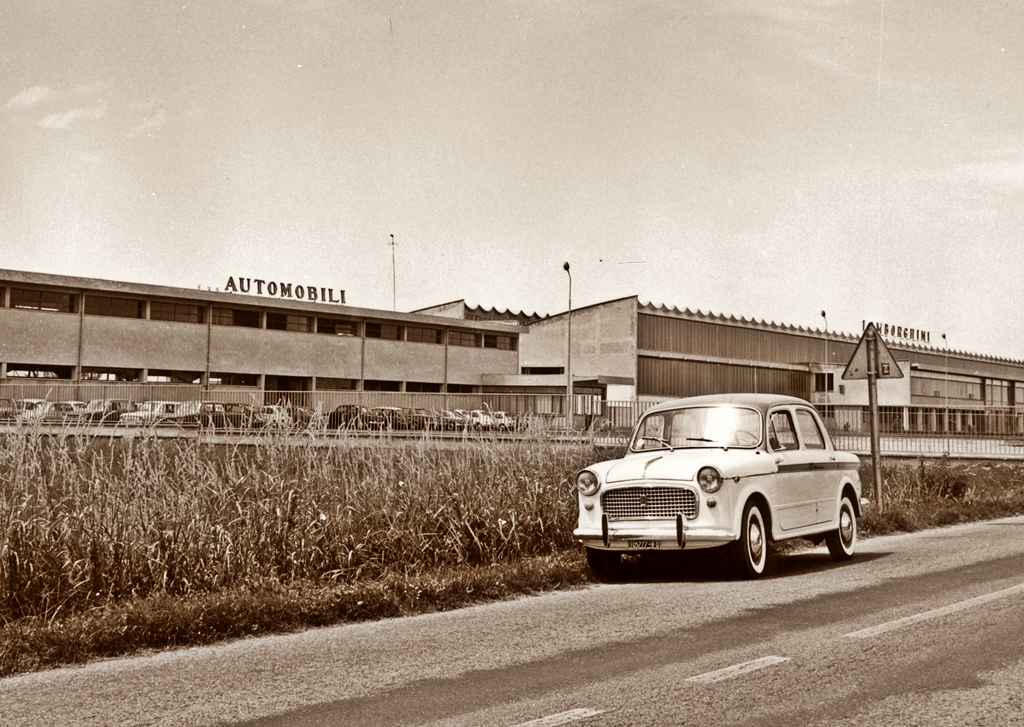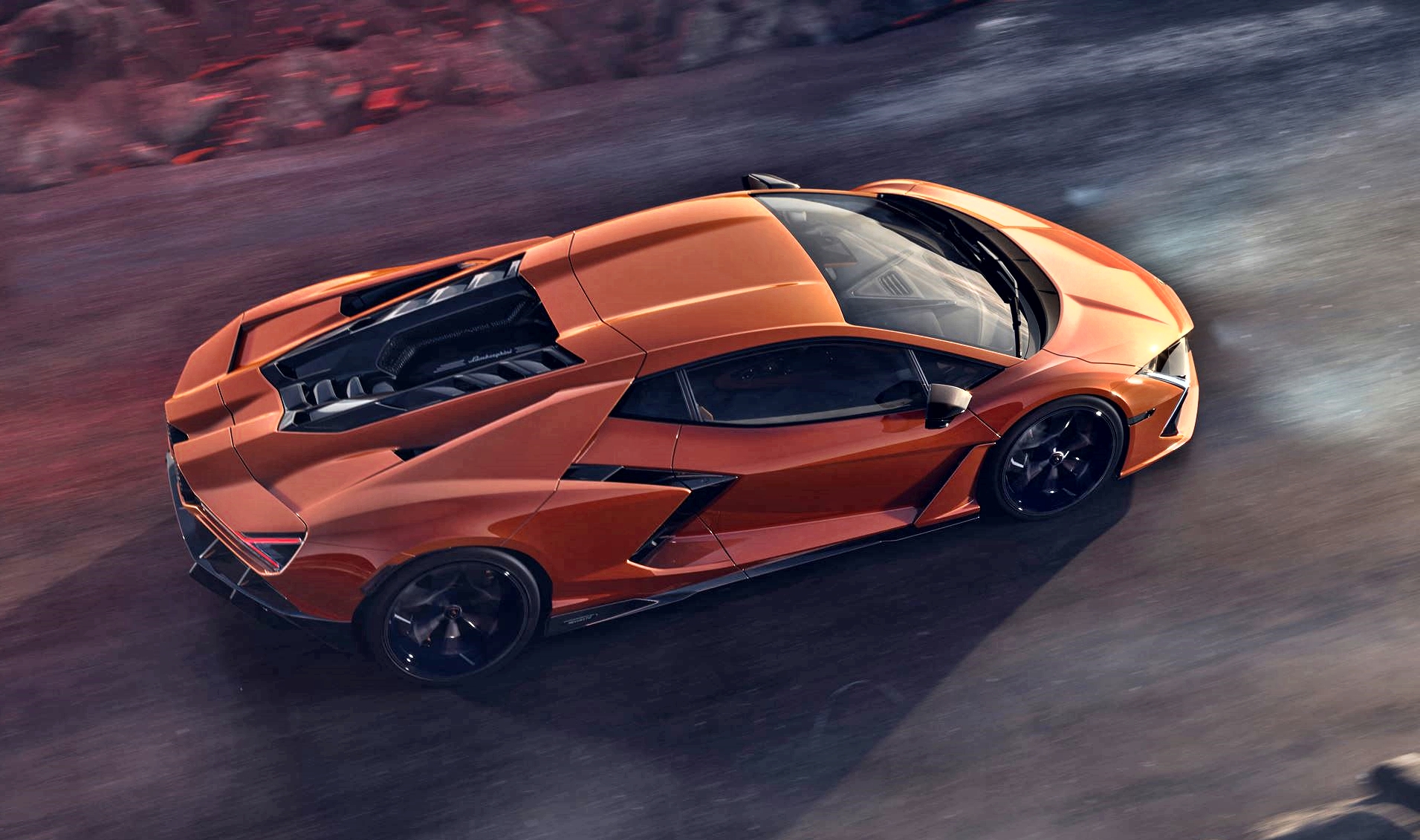When Ferruccio Lamborghini began making sportscars in the early 1960s, the annual output was in the hundreds. It would remain at that 3-digit number until the early 2000s, after Volkswagen acquired it in 1998 and modernized it for growth that the 1,000-unit level was reached.
The low volume in its first 40 years probably helped in making the cars more exclusive. But as their appeal rose among the rich and famous, more orders came in and customers had to wait longer for their cars which were handbuilt.

13 times larger than original factory
Modernisation and further expansion in 2018 which expanded the factory size to more than 13 times larger than the original one has enabled Lamborghini to achieve record numbers each year. Last year, the carmaker delivered 9,233 cars and Super SUVs, the highest ever.
Just as the Urus had required a major investment in factory expansion, the new Revuelto (which has orders covering more than 2 years of production) has also seen expansion. With an investment of €150 million (RM755.4 million), the area occupied by the company facilities has increased by 172,000 square metres.
![Lamborghini factory [2023]](https://www.motaauto.com/wp-content/uploads/2023/07/Lamborghini-factory-2023-2.jpeg)
Revolution in production processes
But expanding facilities is not all as the Revuelto – the brand’s first V12 plug-in hybrid High Performance Electrified supercar – has brought a real revolution in terms of production processes.
“To manufacture the Revuelto, we understood we had to go above and beyond. It’s a highly customizable hybrid car, yet it’s built using traditional handcrafted skills. We raised the bar to produce it, creating what we call ‘Manifattura Lamborghini Next Level’: a production system with people always at its core but which we adapted to deliver a much more complex product and to integrate processes we haven’t used before,” said Ranieri Niccoli, Chief Manufacturing Officer of Automobili Lamborghini.
![Lamborghini factory [2023]](https://www.motaauto.com/wp-content/uploads/2023/07/Lamborghini-factory-2023-1.jpeg)
Manifattura 4.0
The production system defined as ‘Manifattura 4.0’ denotes an extremely high level of innovation. This means that in every process – from the making of the monocoque to the finishing stages – each individual station of the Revuelto line is distinguished by its high-tech impact which, as always at Lamborghini, supports – and never replaces – the indispensable work of humans.
For the Revuelto, this synthesis of manual skill and innovation represents the ideal embodiment of the production process. This approach leads to a significant reduction in the possibility of error along with greater production speed, all benefiting the quality of cars being made.
![Lamborghini factory [2023]](https://www.motaauto.com/wp-content/uploads/2023/07/Lamborghini-factory-2023-3.jpeg)
![Lamborghini factory [2023]](https://www.motaauto.com/wp-content/uploads/2023/07/Lamborghini-factory-2023-7.jpeg)
Manufacturing Executive System
The system that manages the mechanical and technological aspects is called MES (Manufacturing Executive System) and features an innovative approach to the production process. In this system, the operator is supported in each step by the machine, but an operator can also interact with it at any time to change certain actions or stop its operation to intervene manually.
In the various workstations, operators are provided with a personal wristband they can use to access the system and to work via touchscreen monitors or tablets. The MES system harmoniously manages some of the most advanced and futuristic technological tools, especially the ‘cobots’: collaborative robots used on all the lines (engines, assembly and upholstery) that require repetitive actions, such as windshield assembly.
![Lamborghini factory [2023]](https://www.motaauto.com/wp-content/uploads/2023/07/Lamborghini-factory-2023-4.jpeg)
Another innovation is the presence of Automated Guided Vehicles (AGVs). These are handling devices that transport, in a collaborative mode, certain materials used to assemble the car.
High value in carbonfibre
One of the main innovations of the new 1,015 ps supercar is that the carbonfibre tub is made in one piece via the total industrialization of the process called Lamborghini Forged Technology. For the Revuelto, the value of carbonfibre processing is so high that it prompted Lamborghini to expand and upgrade the CFK plant.

The Revuelto marks Lamborghini’s entry into the second phase of its ambitious Direzione Cor Tauri project, involving a total investment of €1.9 billion (RM9.6 billion) – the largest ever in the company’s history. It leads to the hybridization of the entire model range by 2024. By 2028, Lamborghini’s first fully electric model – a 2+2 grand tourer – will be on the production lines at Sant’Agata Bolognese.
![Lamborghini factory [2023] Lamborghini factory [2023]](https://www.motaauto.com/wp-content/uploads/2023/07/Lamborghini-factory-2023-6-696x392.jpeg)